 W
WFlorence Auer was an American theater and motion picture actress whose career spanned more than five decades.
 W
WGéza von Bolváry was a Hungarian actor, screenwriter, and film director, who worked principally in Germany and Austria.
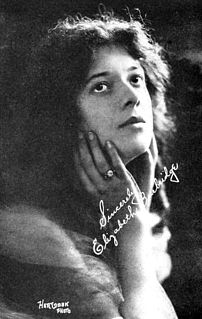 W
WBetty Burbridge was an American screenwriter and actress, best known for her Western screenplays.
 W
WHorace B. Carpenter was an American actor, film director, and screenwriter. He appeared in 334 films between 1914 and 1946. He also directed 15 films between 1925 and 1934. Born in Grand Rapids, Michigan, Carpenter died in Hollywood, California, from a heart attack.
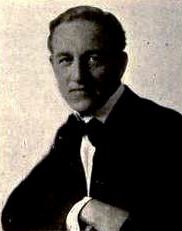 W
WHampton Del Ruth was an American film actor, director, screenwriter, and film producer. Among other work, he wrote the intertitles for the final American studio-made silent film Legong: Dance of the Virgins (1935).
 W
WWilliam Reeves Eason, known as B. Reeves Eason, was an American film director, actor and screenwriter. His directorial output was limited mainly to low-budget westerns and action pictures, but it was as a second-unit director and action specialist that he was best known. He was famous for staging spectacular battle scenes in war films and action scenes in large-budget westerns, but he acquired the nickname "Breezy" for his "breezy" attitude towards safety while staging his sequences—during the famous cavalry charge at the end of Charge of the Light Brigade (1936), so many horses were killed or injured so severely that they had to be euthanized that both the public and Hollywood itself were outraged, resulting in the selection of the American Humane Society by the beleaguered studios to provide representatives on the sets of all films using animals to ensure their safety.
 W
WAlfred Joseph Hitchcock was an English film director, producer, and screenwriter. He is one of the most influential and extensively studied filmmakers in the history of cinema. Known as the "Master of Suspense", he directed over 50 feature films in a career spanning six decades, becoming as well known as any of his actors thanks to his many interviews, his cameo roles in most of his films, and his hosting and producing of the television anthology Alfred Hitchcock Presents (1955–65). His films garnered 46 Oscar nominations and six wins.
 W
WDaisuke Itō was a Japanese film director and screenwriter who played a central role in the development of the modern jidaigeki and samurai cinema.
 W
WJan S. Kolár was a Czech film director, screenwriter, actor and film historian. He directed a big budget historical film St. Wenceslas.
 W
WKarel Lamač was a Czech film director, actor, screenwriter, producer and singer. He directed more than 100 films in Czechoslovakia, Austria, Germany, the Netherlands and the United Kingdom.
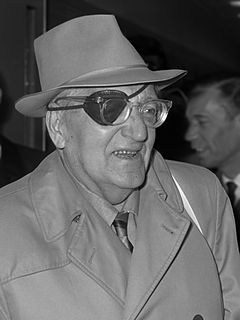 W
WFriedrich Christian Anton "Fritz" Lang was an Austrian-German-American filmmaker, screenwriter, and occasional film producer and actor. One of the best-known émigrés from Germany's school of Expressionism, he was dubbed the "Master of Darkness" by the British Film Institute.
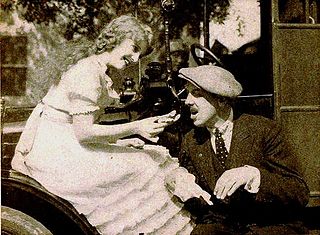 W
WCharles Maigne was an American screenwriter and film director of the silent era. He wrote for 32 films between 1916 and 1928. He also directed 18 films between 1918 and 1923. He was born in Richmond, Virginia and died in San Francisco, California.
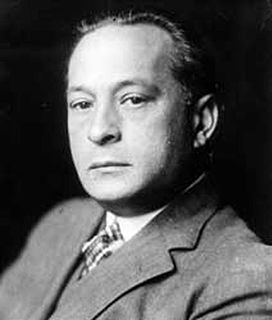 W
WLupu Pick was a German actor, film director, producer, and screenwriter of the silent era. He appeared in 50 films between 1910 and 1928.
 W
WPaul Mahlon Powell was an American journalist, director, producer, screenwriter, and actor. Powell was most active during the silent film era and is best known for directing Mary Pickford in Pollyanna (1920).
 W
WGaston Ravel (1878–1958) was a French screenwriter and film director. He made over sixty films, mostly during the silent era. In 1929 he co-directed the historical film The Queen's Necklace.
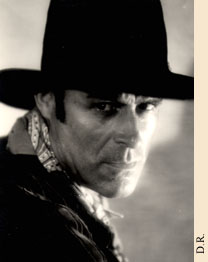 W
WGaston Roudès was a French actor, film director and screenwriter best known for his silent films of the 1920s and early 1930s. He directed over 60 films between 1911 and 1939.
 W
WHenry Roussel (1875–1946), also known as Henry Roussell, was a French silent film actor, film director and screenwriter best known for his silent films of the 1910s and 1920s.
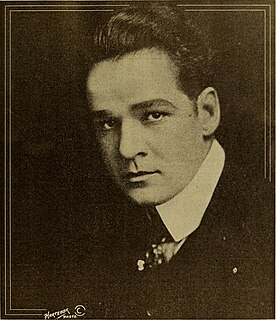 W
WWilliam Russell was an American actor, director, producer and screenwriter. He appeared in over two hundred silent era motion pictures between 1910 and 1929, directing five of them in 1916 and producing two through his own production company in 1918 and 1925.
 W
WVladimír Slavínský was a Czech film director, screenwriter and actor.
 W
WHenry Lewis "Harry" Solter was an American silent film actor, screenwriter and director.
 W
WGeorge Terwilliger was an American film director, screenwriter, and journalist. He worked in both the silent and sound eras, directing at least 76 productions between 1912 and 1936. He also wrote scores of screenplays for films released between 1910 and 1939. In 1912 alone, he was contracted by Lubin film studio to write one story a week for the company.
 W
WBeatrice Van was an American silent film actress. She was also a screenwriter for both silent and sound films.
 W
WPerry N. Vekroff was an American film director, screenwriter and actor of the silent era. He directed 19 films between 1914 and 1922, including two film serials for the Universal Film Manufacturing Company and one for Pathé. He was born in Shumen, Bulgaria and died in Hollywood, California.
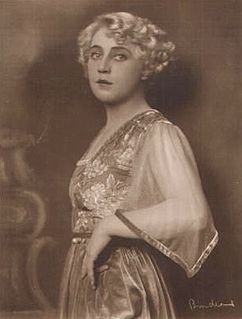 W
WHedda Vernon was a German actress, screenwriter, and film producer. She was a prominent star of the early Weimar Republic, and had her own film production company.
 W
WChester "Chet" Withey was an American silent film actor, director, and screenwriter. He participated in the production in total of some 100 films.
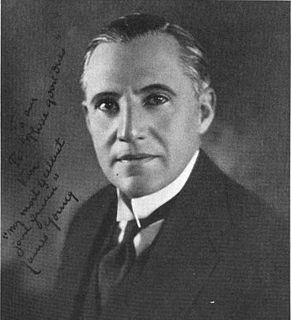 W
WJames Young was an American film director, actor, and screenwriter of the silent era. Before films Young had a successful career as a stage actor appearing on Broadway and throughout the country, and was the author of a notable 1905 book on theatrical makeup. Young directed 93 films between 1912 and 1928. He also appeared as an actor in 62 films between 1909 and 1917.